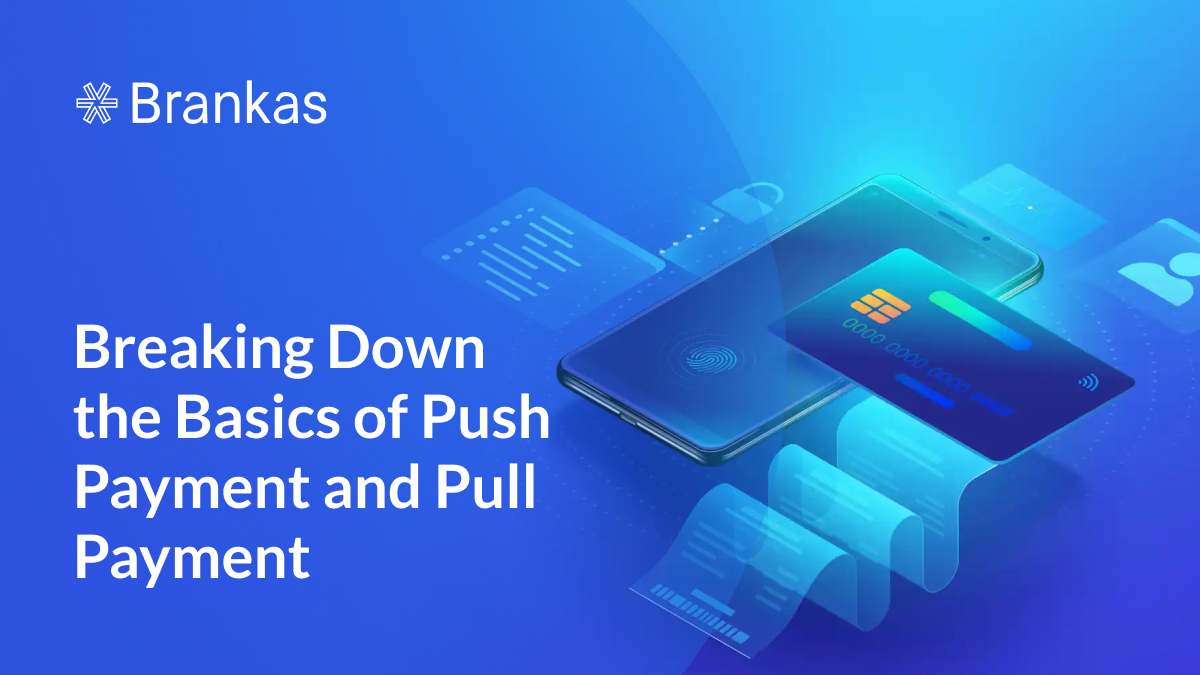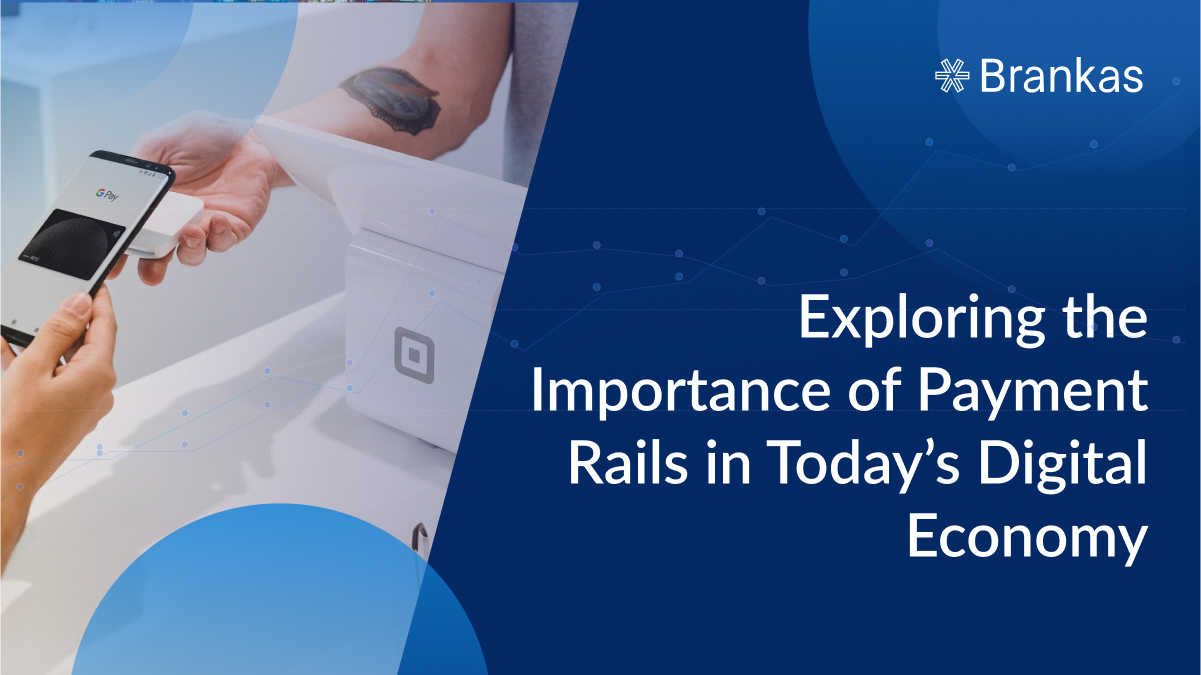Exploring the Importance of Payment Rails in Today’s Digital Economy
The role of payment rails cannot be overstated in our increasingly interconnected world. As businesses expand globally, consumers demand instant gratification and financial innovation surges. Payment rails serve as the linchpin that holds the digital economy together. They enable e-commerce giants to process millions of transactions daily, empower individuals to send remittances across borders with ease, and underpin the rise of cutting-edge financial technologies. Understanding the inner workings of payment rails is crucial not only for financial professionals but for anyone navigating the complexities of the modern financial landscape.
Businesses of all sizes need to unravel the intricacies of payment networks and processing as commerce continues its digital and global transformation. Companies are under mounting pressure to adapt to the ever-changing expectations of their customers. Offering an intuitive, effortless, and secure payment experience is no longer a mere option; it is a fundamental necessity. This knowledge is crucial for retaining customer loyalty, staying competitive, and thriving in a marketplace that demands nothing less than excellence.
What are Payment Rails?
Payment rails refer to the intricate networks and protocols that enable the transmission of money from one party to another. These rails act as the conduits through which financial transactions flow, encompassing various methods and technologies that power our financial interactions. They serve as the unseen conduits through which funds flow when you make a payment, whether it is swiping a credit card at a store, transferring money to a friend via a mobile app, or making an online purchase. These rails can take various forms, including digital networks, clearinghouses, and settlement systems, but their primary purpose remains consistent: facilitating the secure and efficient transfer of funds.
How do Payment Rails Fit in Modern Payment Ecosystems?
Payment rails play a pivotal role in enabling businesses and consumers to engage in financial transactions seamlessly. These networks ensure that funds are routed accurately, securely, and swiftly, laying the foundation for various payment methods such as credit card transactions, Automated Clearing House (ACH) transfers, wire transfers, and more. Payment rails serve as the invisible scaffolding upon which the financial infrastructure of the digital age is built, connecting financial institutions, businesses, and individuals while ensuring that payments comply with regulatory and security standards.
Common Payment Rails
These payment rails cater to various payment scenarios, from everyday consumer purchases to complex international transactions. Understanding how they work is crucial for businesses, financial institutions, and consumers to choose the most appropriate rail for each transaction.
1. ACH (Automated Clearing House)
ACH is a payment rail used primarily in the United States for electronic fund transfers. It facilitates various types of transactions, including direct deposits, bill payments, and business-to-business payments. ACH payments are processed in batches that involve electronic clearing and funds settlement between banks. Payers initiate ACH transfers, which can take the form of ACH credits (money moving out of an account) or ACH debits (money moving into an account).
2. Credit and debit cards
Credit and debit cards are widely used payment rails that enable consumers to buy online and in physical stores. When a cardholder makes a payment, the card information is transmitted to the merchant’s payment processor. The processor communicates with the card network (e.g., Visa, Mastercard) to verify the transaction’s legitimacy. If approved, the card network facilitates the transfer of funds from the cardholder’s issuing bank to the merchant’s acquiring bank.
3. Digital wallets
Digital wallets like Apple Pay, Venmo, and PayPal store payment card details and offer additional security. When a user pays with a digital wallet, the app generates a token or a unique code representing the transaction. This token is sent to the merchant’s payment processor, not the card details. The processor then decrypts the token, verifies the transaction, and processes the payment, adding an extra security layer by preventing card data exposure.
4. RTP (Real-Time Payments)
RTP systems enable real-time fund transfers between bank accounts, often within seconds, 24/7. RTP is gaining popularity worldwide for its speed and accessibility. When a payer initiates an RTP payment, the instruction is sent through the RTP network, which processes and verifies the transaction. The recipient’s bank is notified promptly, and the funds are made available in the recipient’s account in real-time, even outside traditional banking hours.
5. SWIFT (Society for Worldwide Interbank Financial Telecommunication)
SWIFT is a global payment network that connects thousands of banks and financial institutions worldwide. It is used for international wire transfers and cross-border transactions. When a bank initiates a SWIFT payment on behalf of a customer, it sends payment instructions through the SWIFT network. These instructions include the recipient’s bank details and the transfer amount. The SWIFT network then ensures the secure and standardized exchange of information between banks, allowing for the movement of funds across borders.
6. CHIPS (Clearing House Interbank Payments System)
CHIPS is a primary payment rail in the United States, specializing in large-value, time-sensitive interbank transfers. It primarily handles transactions between financial institutions rather than consumer payments. Banks send batches of payment instructions to CHIPS for processing. CHIPS then settles these payments, ensuring efficient fund transfer between banks. It plays a crucial role in facilitating large financial transactions, such as securities settlements.
7. INTERAC
INTERAC is a Canadian payment rail that offers two primary methods: INTERAC e-Transfer and INTERAC Debit. e-Transfer users initiate transfers by specifying the recipient’s email or mobile number and the amount. The sender’s bank debits the funds and sends a notification to the recipient, who authenticates themselves to receive the funds securely. Customers using Debit cards insert their card and enter their PIN. The payment is processed in real-time, debiting funds from their bank account.
8. SEPA (Single Euro Payments Area)
SEPA is a payment integration initiative in the European Union (EU) that simplifies and standardizes euro-denominated bank transfers across SEPA member countries. SEPA payments work similarly to domestic bank transfers, but they can be executed cross-border without additional charges. When a payer initiates a SEPA credit transfer or direct debit, the funds are routed through the SEPA payment network to the recipient’s bank, ensuring a seamless euro payment experience within the SEPA region.
9. FPS (Faster Payments Service)
FPS is a UK-based payment rail designed to enable near-instantaneous fund transfers between UK bank accounts, 24/7. When a payer initiates an FPS payment, the instruction is processed through the FPS network, which connects participating banks. FPS payments are typically credited to the recipient’s account within seconds.
Emergent Payment Rails
These emerging payment rails reflect the evolving digital commerce and finance landscape, offering diverse options for consumers and businesses.
1. Cryptocurrency
Cryptocurrency payment rails involve digital currencies like Bitcoin, Ethereum, and others. Users store their cryptocurrency in digital wallets and make peer-to-peer transactions on blockchain networks. When making a payment, the sender initiates a transaction by signing it with their private key, which is then validated by network nodes. Once confirmed, the transaction is recorded on the blockchain, ensuring transparency and security.
2. FedNow
The Federal Reserve’s FedNow Service is an emerging real-time payment system in the U.S. It allows individuals and businesses to make instant payments, enabling money to move between accounts within seconds, 24/7. Users initiate payments through their financial institutions, which are processed by the FedNow Service, ensuring near-instant fund transfers.
3. Buy Now, Pay Later (BNPL)
BNPL payment rails enable consumers to make purchases and spread payments over time, typically interest-free if paid within a specified period. Users select BNPL as a payment option during checkout. The purchase amount is divided into installments, and the user pays these installments according to the BNPL provider’s terms.
4. Store cards
Store cards are issued by retailers for exclusive use within their respective stores. Users apply for these cards and receive credit limits. Users present their card when shopping at the associated store or use it for online transactions. The store bills the user, who then makes payments according to the card’s terms, including interest rates if the balance is not paid in full each month.
The Importance of Payment Rails in the Digital Economy
Payment rails provide the infrastructure that underpins online commerce, global trade, financial inclusion, innovation, and efficient B2B transactions. They empower businesses and consumers alike to participate fully in the digital age by:
a. Facilitating e-commerce - They enable consumers to make online purchases swiftly and securely. Businesses can accept various payment methods through payment rails to provide customers convenience and flexibility. E-commerce would be hindered without robust payment rails, and companies would struggle to tap into the vast online marketplace.
b. Enabling cross-border transactions - Payment rails are crucial in a globalized digital economy. They make it possible for businesses to expand internationally and reach customers worldwide.
c. Contributing to financial inclusion - They provide access to banking and financial services for individuals who may not have had it otherwise. Through digital payment methods and mobile banking, payment rails extend financial services to unbanked or underbanked populations, allowing them to receive wages, make purchases, and save money digitally. This inclusion is crucial for economic development and reducing inequalities.
d. Streamlining business-to-business (B2B) payments - They simplify the process of paying suppliers, vendors, and partners. Companies can automate payments, reduce administrative costs, and enhance transparency in financial transactions. This efficiency is essential for the smooth operation of supply chains and corporate financial management.
Businesses will Gain from a Multi-Rail Approach
Leveraging multiple payment rails processing and managing financial transactions offers several benefits. It allows businesses to broaden their spectrum of payment options, catering to the diverse preferences of their customer base. This versatility is crucial in meeting the varying payment methods that different customers prefer, thus granting enterprises a distinct competitive edge.
Relying solely on a single payment rail can pose risks. Technical glitches, system outages, or regulatory shifts may disrupt payment processes. A multi-rail strategy works like a safety net, offering alternative transaction pathways to mitigate such risks. Additionally, this approach empowers businesses to furnish customers with expeditious payment alternatives, which are invaluable when swift transactions are paramount.
For businesses looking to expand globally, different regions may have their preferred payment rails. Companies can cater to local payment methods, currencies, and regulatory requirements by adopting a multi-rail approach. This adaptability proves particularly beneficial when dealing with cross-border transactions and cultivating an international customer base.
The payment landscape is continually evolving with new technologies and payment methods emerging. A multi-rail strategy allows businesses to adapt to these changes easily. They can integrate new payment rails as they become popular and retire less-used ones.
How Brankas Can Help
Brankas offers an Open Finance Suite and a Direct solution. Both provide businesses with powerful tools to implement a multi-strategy payment rail approach effectively. The Open Finance Suite facilitates secure and seamless access to multiple financial institutions, enabling enterprises to integrate various payment rails, including traditional and emerging methods. This comprehensive suite streamlines payment processing, minimizes technical complexities, and enhances transaction efficiency. Brankas Direct offers a simplified and direct connection to banks and financial institutions, making it easier for businesses to access diverse payment rails, thus increasing flexibility and resilience in their financial operations. Together, these solutions empower companies to harness the advantages of multi-rail payment strategies, offering customers a range of payment options while mitigating risks and enhancing cross-border capabilities.
Payment rails serve as the lifeblood of financial transactions in the digital economy, underpinning customer satisfaction, global expansion, and financial inclusion. A strategic approach that embraces multi-rail strategies is crucial. Enterprises must leverage the diverse array of payment rails available, tapping into the potential of traditional, emerging, and regional methods to cater to varied customer preferences, mitigate risks, and unlock new growth avenues. Businesses can cement their position in the digital economy by harnessing the power of payment rails within a comprehensive and adaptable framework, ensuring they remain agile and responsive to the ever-evolving demands of the modern consumer.


